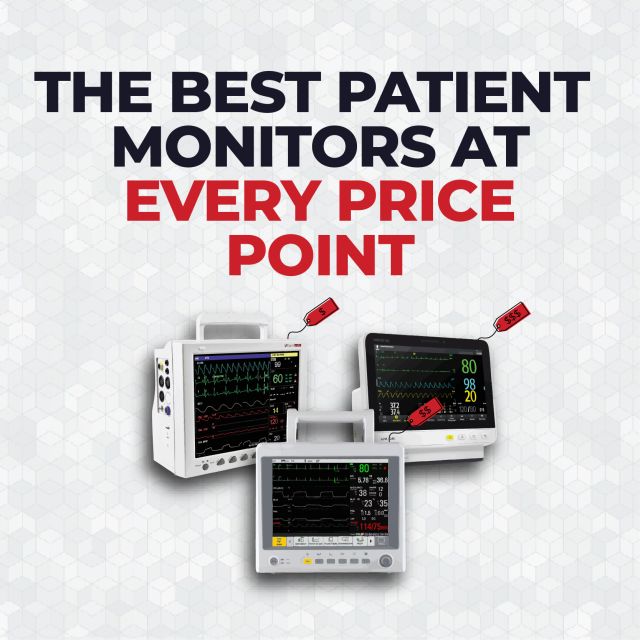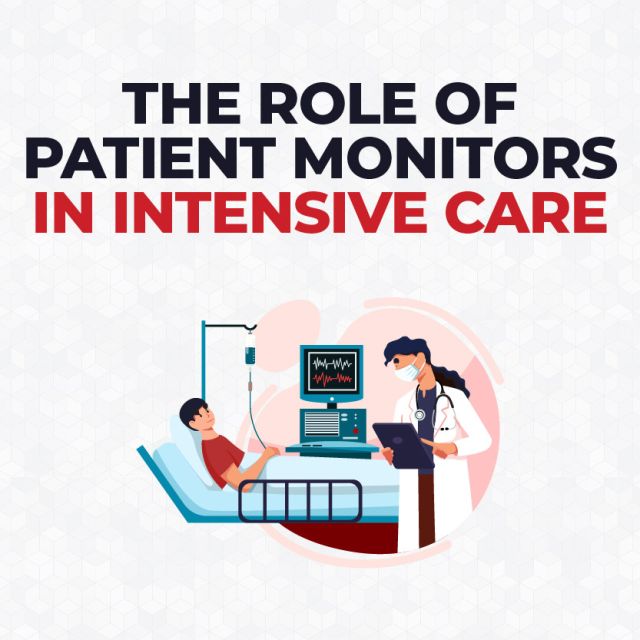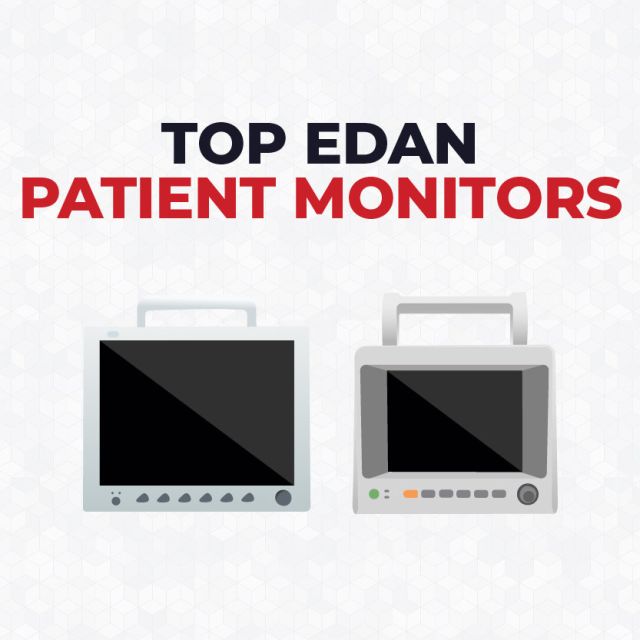The Complete Fetal Doppler Shopper’s Manual

Introduction
Over the years, Fetal Dopplers have gained popularity and have become an invaluable tool for Obstetricians, Sonographers and Nurses.
While at home dopplers are popular, we will be focusing on medical grade dopplers. Continue reading our Fetal Doppler Shopper’s Manual for 2023 to help you find the right Doppler for your facility!
What is a Fetal Doppler?
To start, a fetal doppler is a medical device used to monitor the fetal heartbeat during pregnancy. It is a handheld, portable ultrasound machine that uses the doppler effect to detect and amplify the sound of the fetal heartbeat.
What To Consider When Purchasing a Fetal Doppler
Before you make a purchase, make sure you know what matters in a doppler. A Fetal Doppler’s price will depend on several factors, including the brand, probe frequency and additional features.
Brand
At CardiacDirect, we carry the most popular Fetal Doppler brands including: Bistos, Edan and Nicolet.
- Nicolet is a high end Fetal Doppler brand with obstetric/vascular dopplers priced anywhere between $495 and $1,695. View all Nicolet Fetal Dopplers here.
- Edan is one of the most popular fetal doppler brands in the industry. Equipped with the most up to date technology, they are anywhere between $99 to $250. View all Edan Fetal Dopplers here.
- Bistos also offers affordable hospital grade dopplers from $40 to $225. View all Bistos Fetal Dopplers here.
Probe Frequency
Fetal dopplers utilize different probe frequencies to detect and monitor the fetal heartbeat in the womb. The most common fetal probe frequencies are:
- 2 MHz: 2 MHz probes are the most widely used frequency for fetal monitoring. It is suitable for detecting the fetal heartbeat in the second and third trimesters of pregnancy when the heartbeat is stronger and closer to the surface of the abdomen.
- 3 MHz: The 3 MHz probe is more sensitive and works well for early pregnancy monitoring. It can detect the fetal heartbeat as early as 8 to 10 weeks gestation. This higher frequency is ideal for when a more precise reading is required.
- 4 MHz: The 4 MHz probe is less commonly used for fetal monitoring, employed in specific situations. It is suitable for late pregnancy or when deeper penetration is necessary, when the fetal heartbeat is challenging to detect.
- 8MHz: The 8MHz probe has a higher frequency and is typically used in the later stages of pregnancy (third trimester). can produce a clearer, higher-pitched sound. This can be advantageous in the third trimester when the fetus is closer to the surface and the heartbeat is typically easier to detect
Using the appropriate probe frequency ensures the most accurate and reliable fetal heart rate monitoring. Incorrect probe selection can lead to difficulties in detecting the fetal heartbeat or obtaining clear and accurate readings.
Additional Features
Most medical grade Fetal Dopplers have an LCD screen to display the heartbeat indicator. Also, some dopplers feature rechargeable batteries, while others charge via cable. Waterproof probes are an important feature to consider, as they can…







